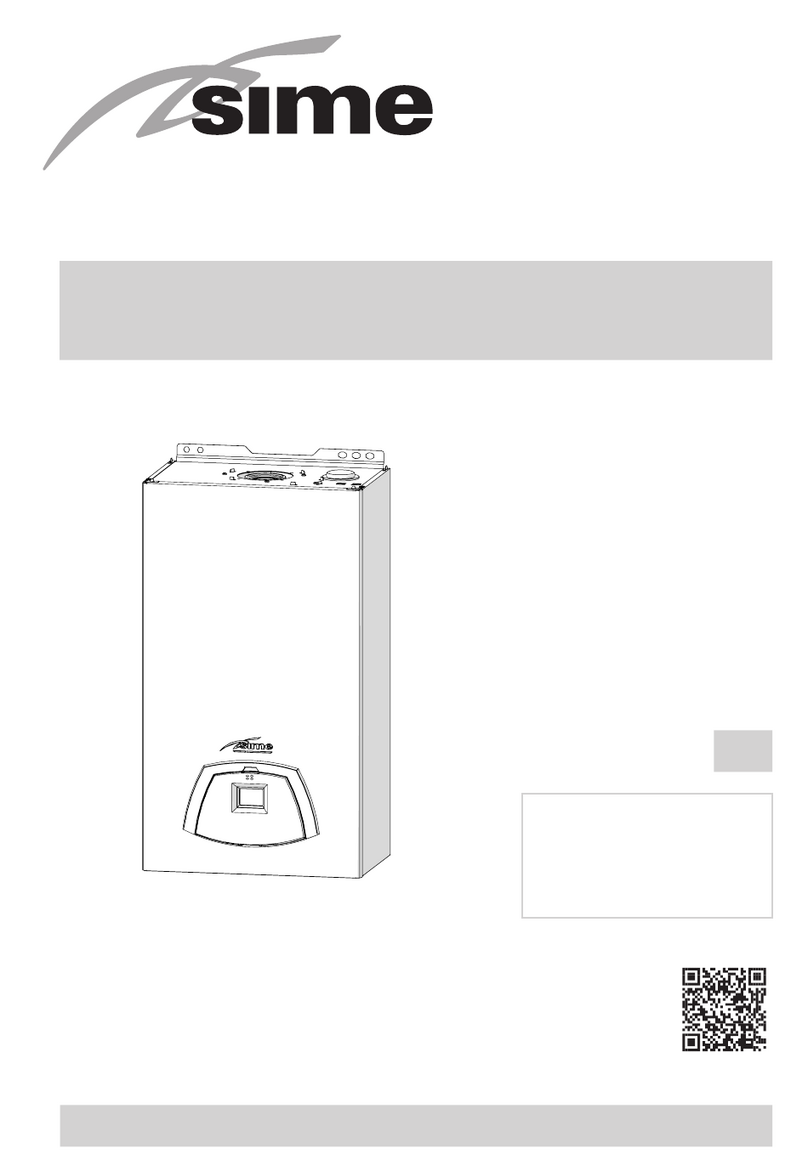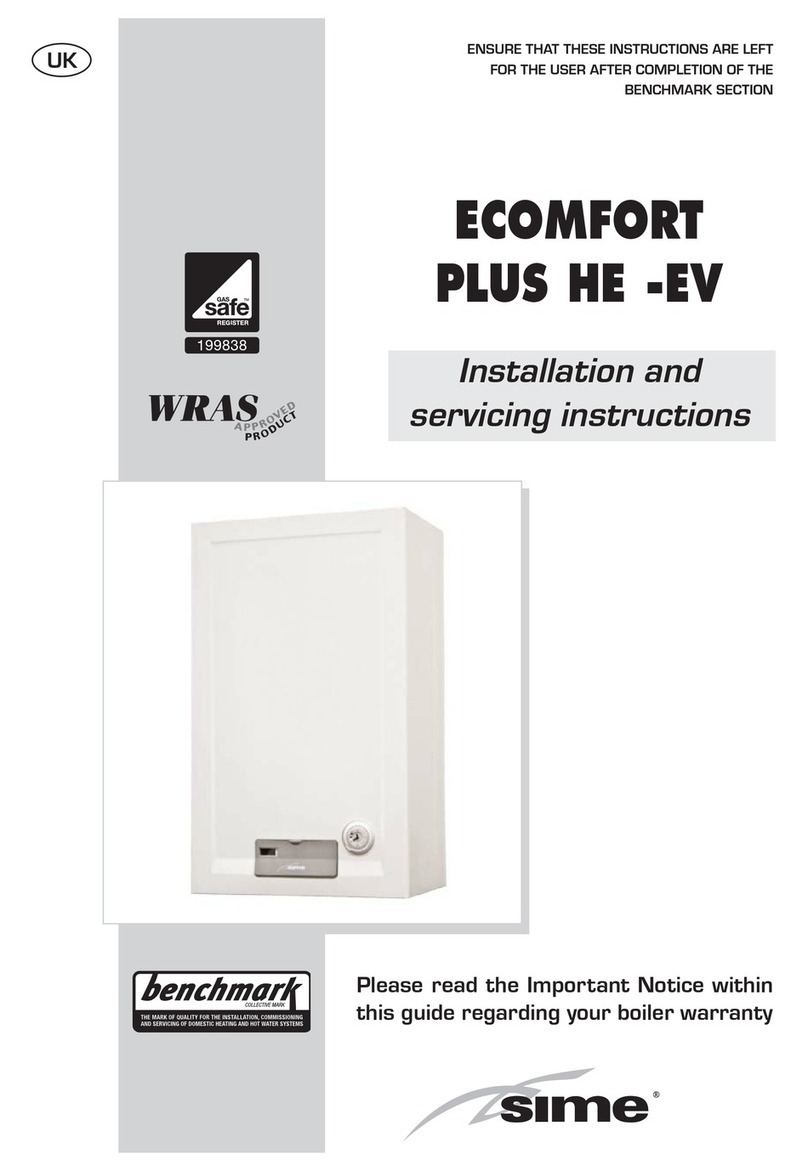Sime SOLIDA Series User manual




















Other manuals for SOLIDA Series
1
This manual suits for next models
4
Other Sime Boiler manuals
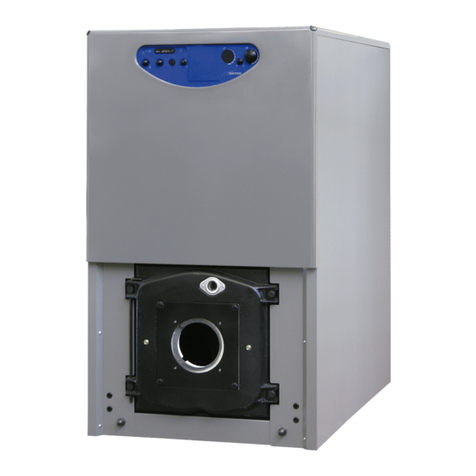
Sime
Sime ESTELLE 4 ErP BE User guide
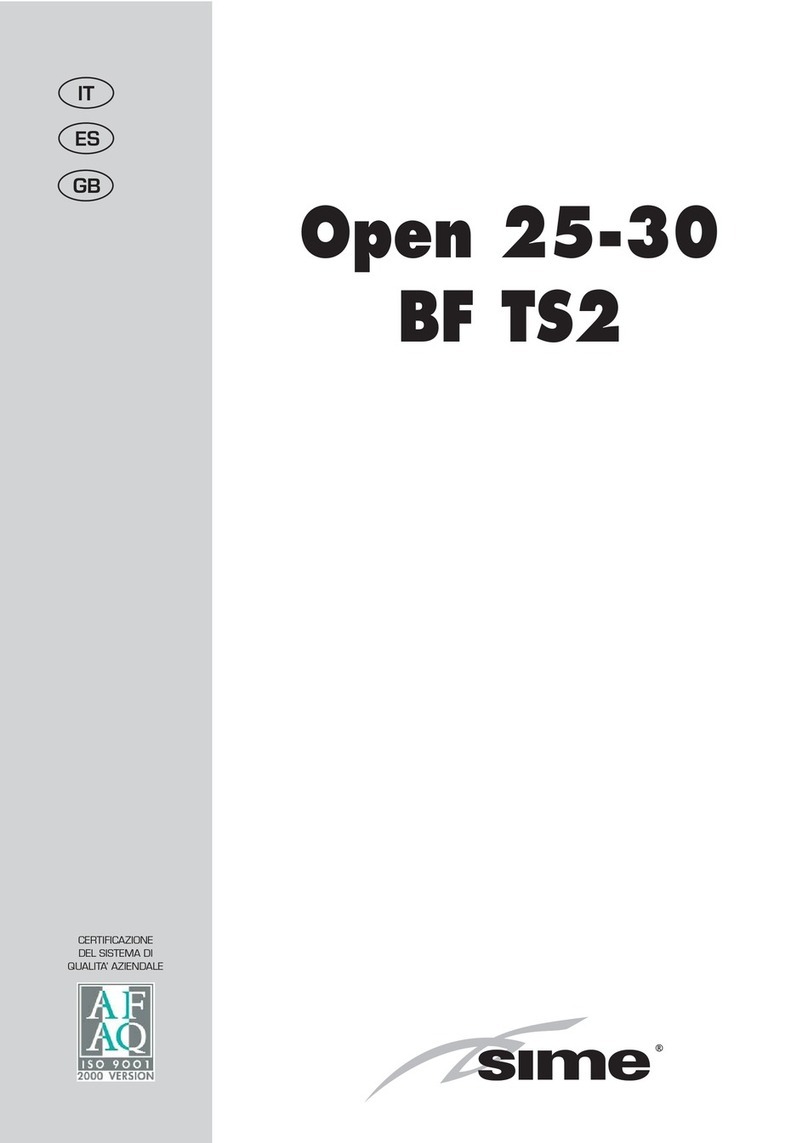
Sime
Sime Open 25 BF TS2 User manual

Sime
Sime RMG Mk.II Series User manual
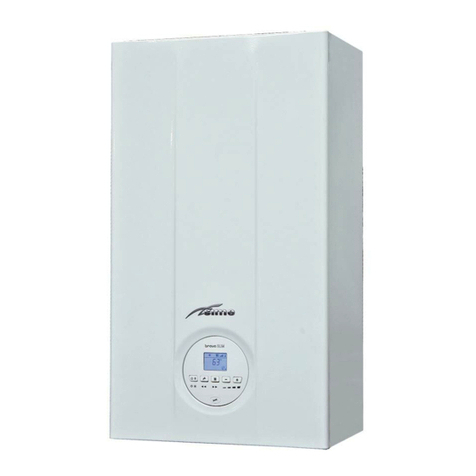
Sime
Sime BRAVA SLIM 30 BFR User guide
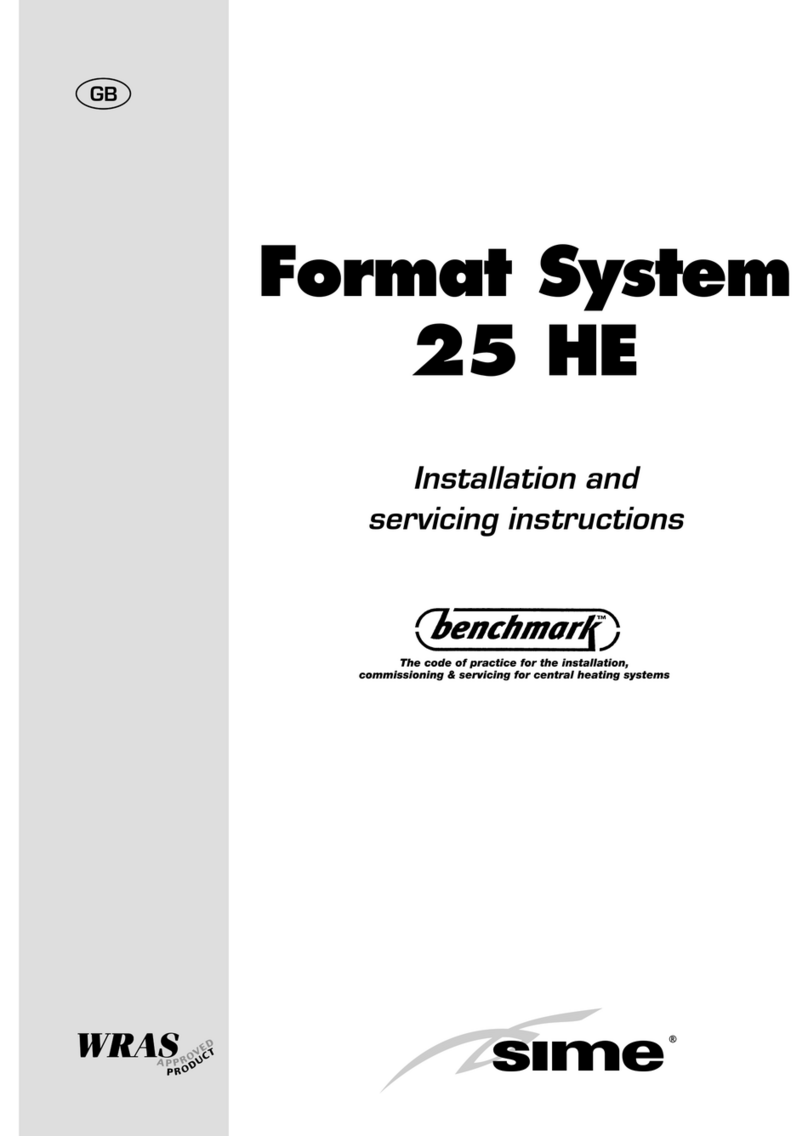
Sime
Sime Format System 25 HE User guide
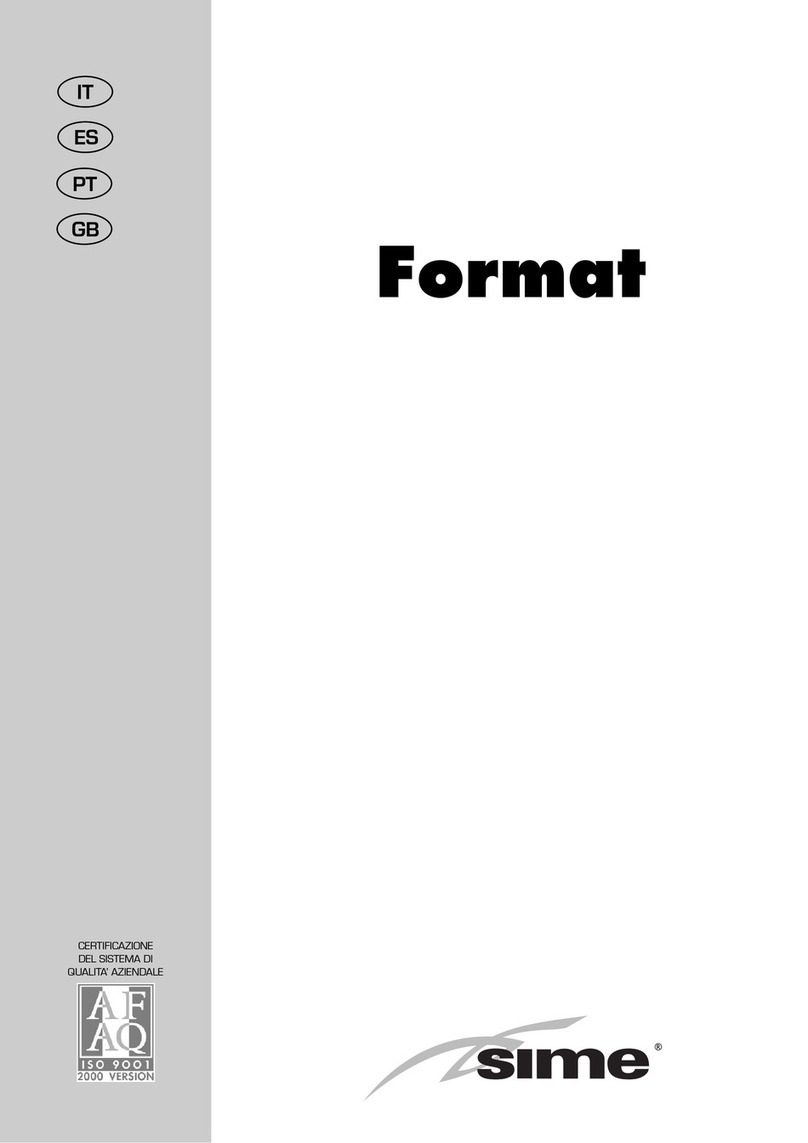
Sime
Sime Format Series User manual

Sime
Sime afaq PIROEMME User manual
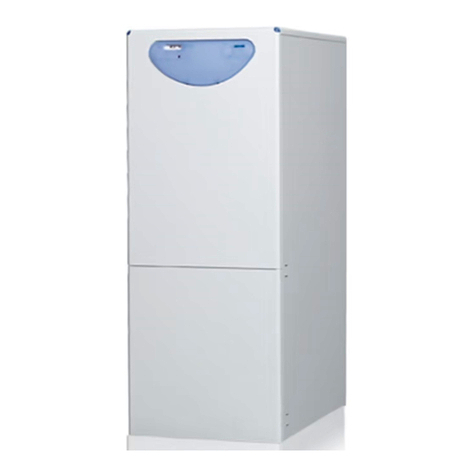
Sime
Sime AQUA 30 OF INOX User manual

Sime
Sime Brava Slim HE 40 User guide
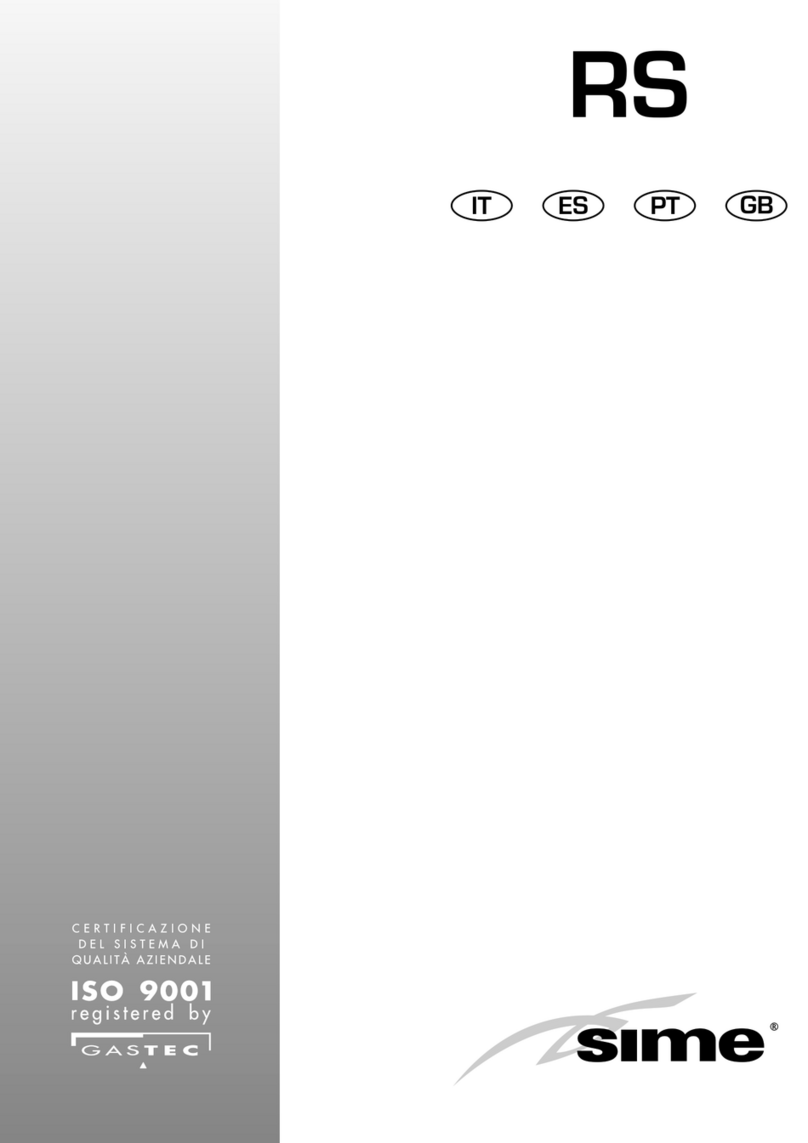
Sime
Sime RS Series User manual
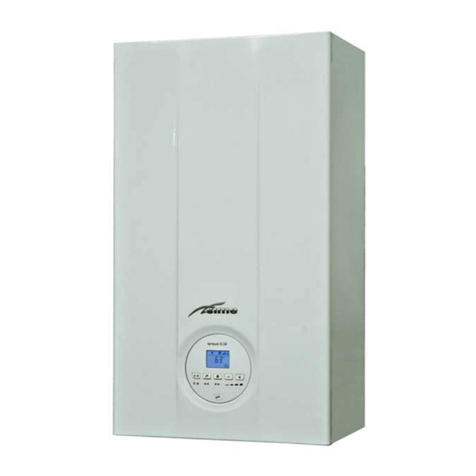
Sime
Sime BRAVA SLIM BFT Series User guide
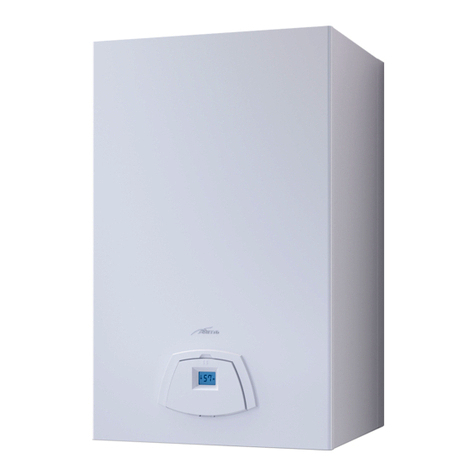
Sime
Sime EDEA T Manual
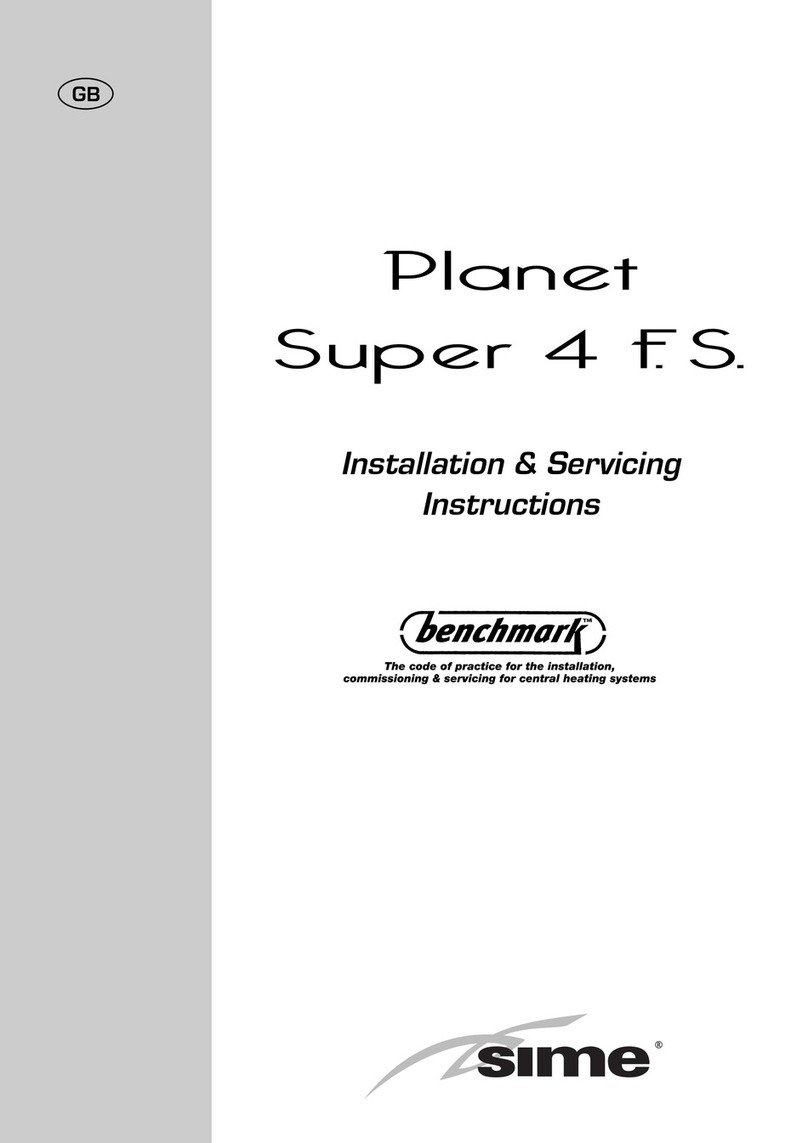
Sime
Sime Planet Super 4 F.S. Release note
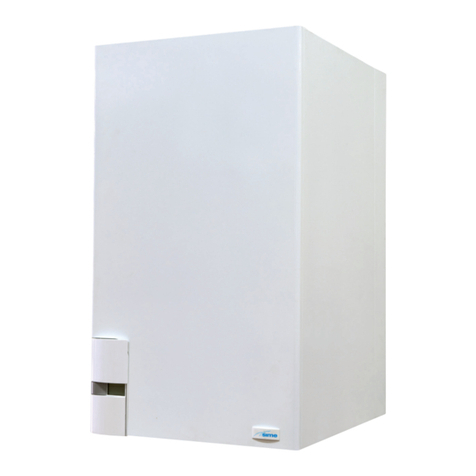
Sime
Sime MURELLE HE 50 R E Quick guide
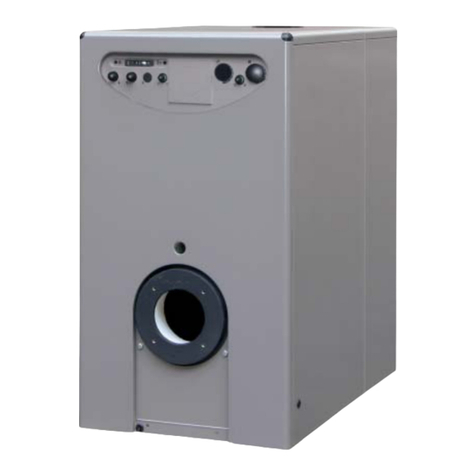
Sime
Sime ESTELLE HE User manual
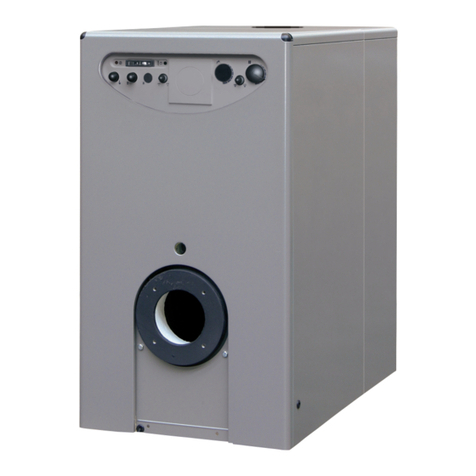
Sime
Sime ESTELLE HE 3 ErP Manual
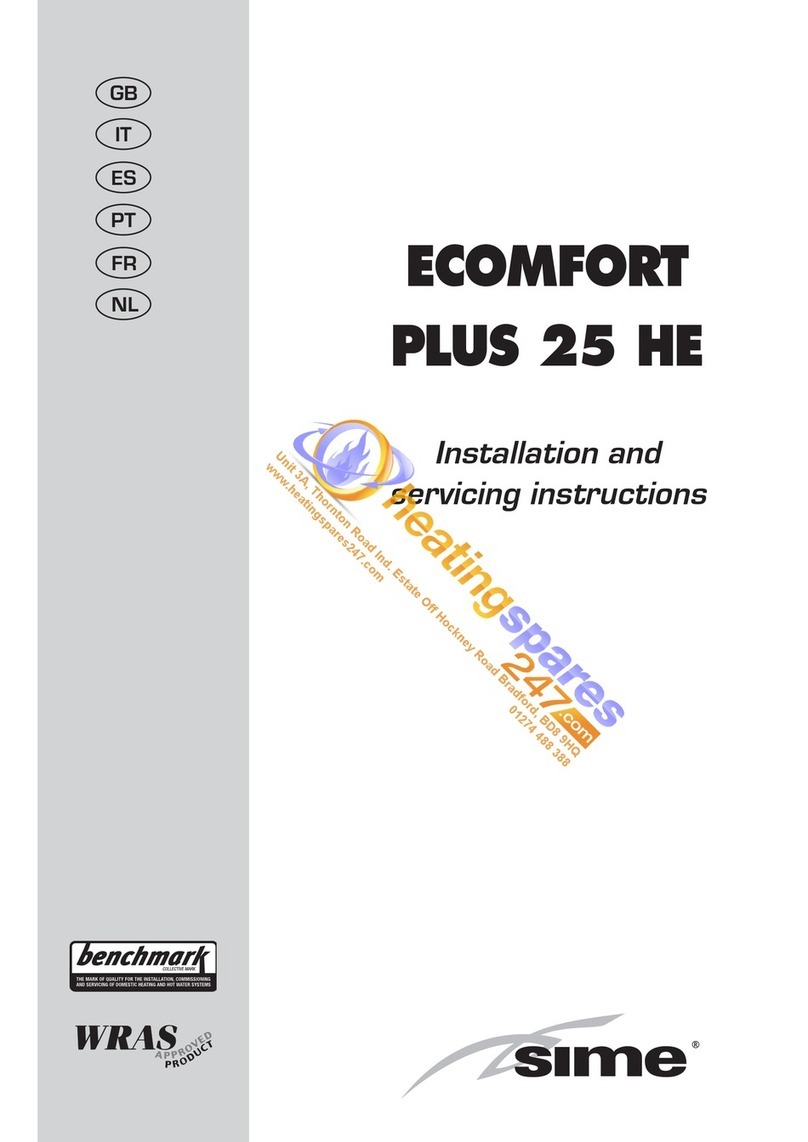
Sime
Sime ECOMFORT PLUS 25 HE User guide
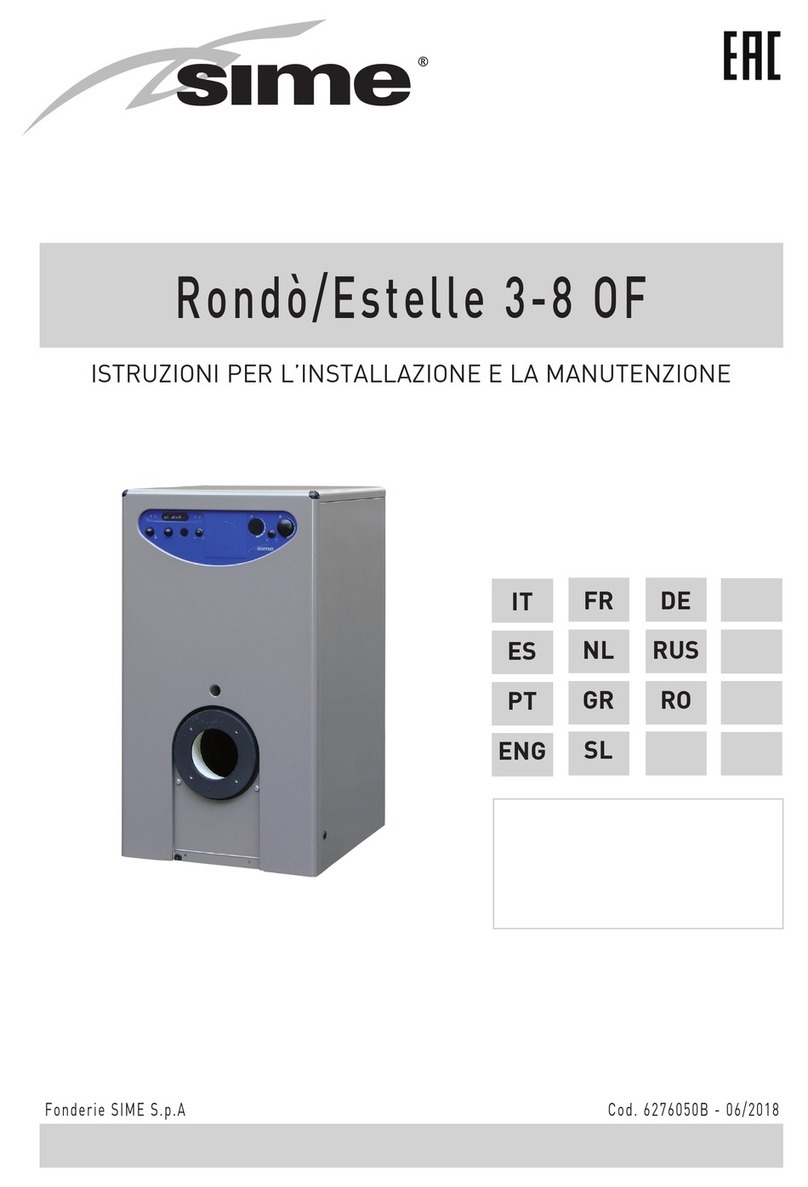
Sime
Sime RONDO 3 OF User manual
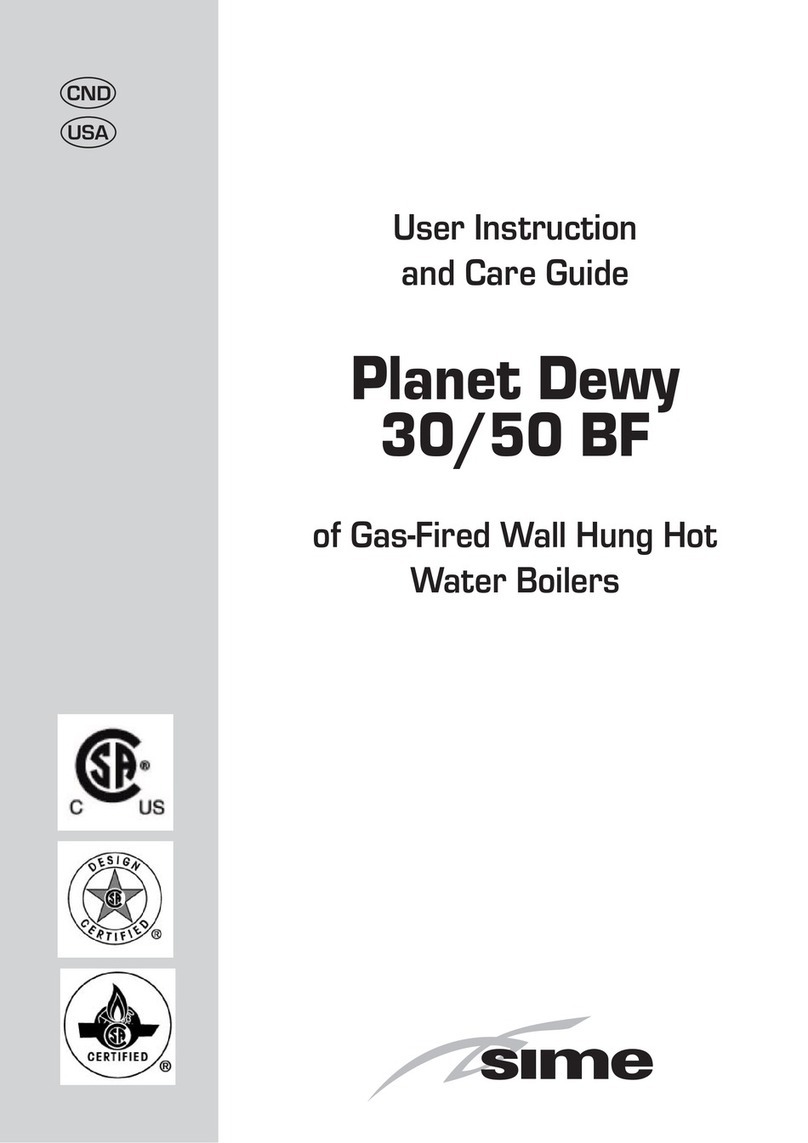
Sime
Sime PLANET DEWY 30 BF Installation instructions
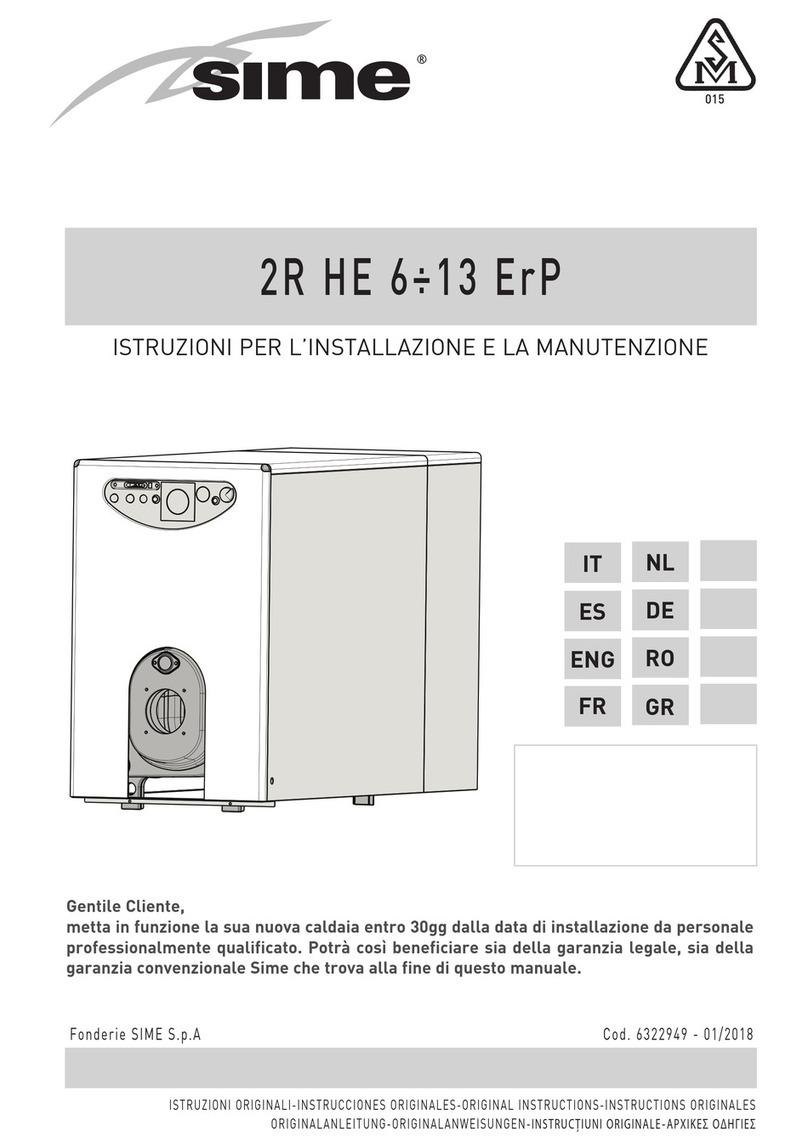
Sime
Sime 2R HE Series User manual
Popular Boiler manuals by other brands

Ferroli
Ferroli ARENA 30 A Installation and operating instructions

Viessmann
Viessmann VITOGAS 100 Service instructions

Fracino
Fracino ATKANTIS Installation & user manual
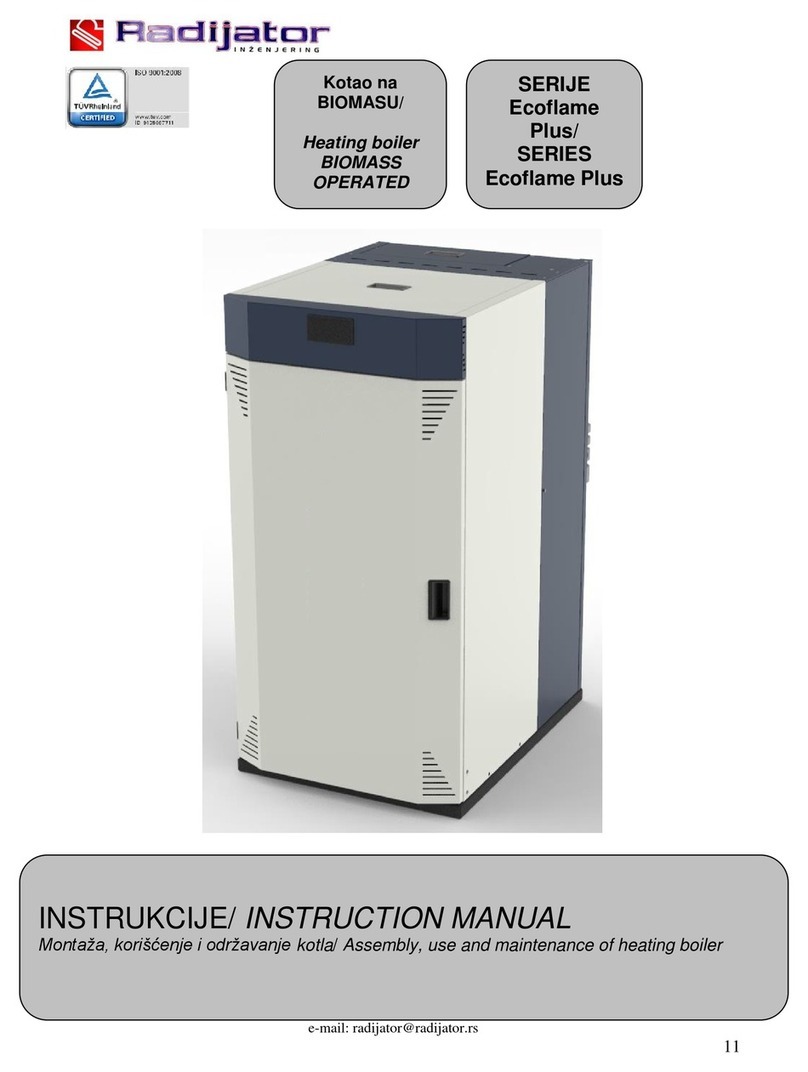
Radijator
Radijator Ecoflame Plus Series instruction manual

Prestige
Prestige Solo 175 Installation and maintenance manual

OSO HOTWATER
OSO HOTWATER Delta Geocoil - DGC 200 installation manual
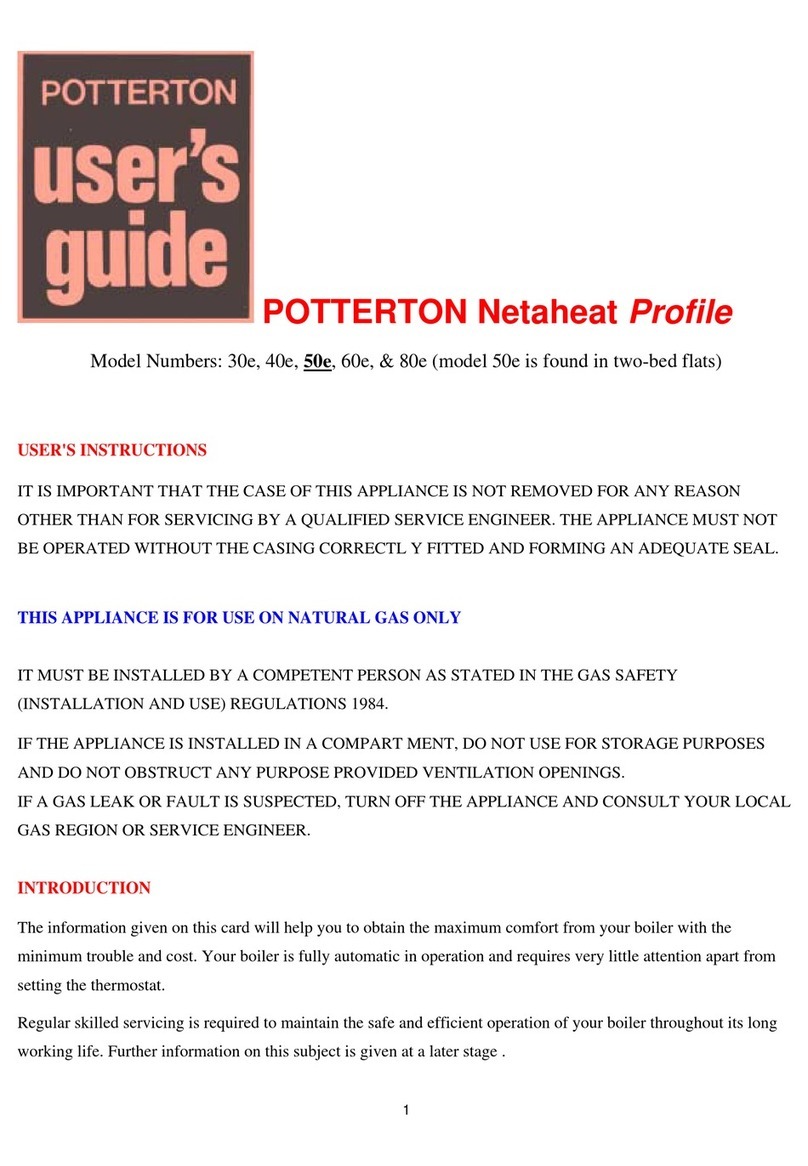
Potterton
Potterton Prorile Prima 30e user guide

Miura
Miura EX Series Startup manual

Laars
Laars Pennant PNCH Installation and operation instructions
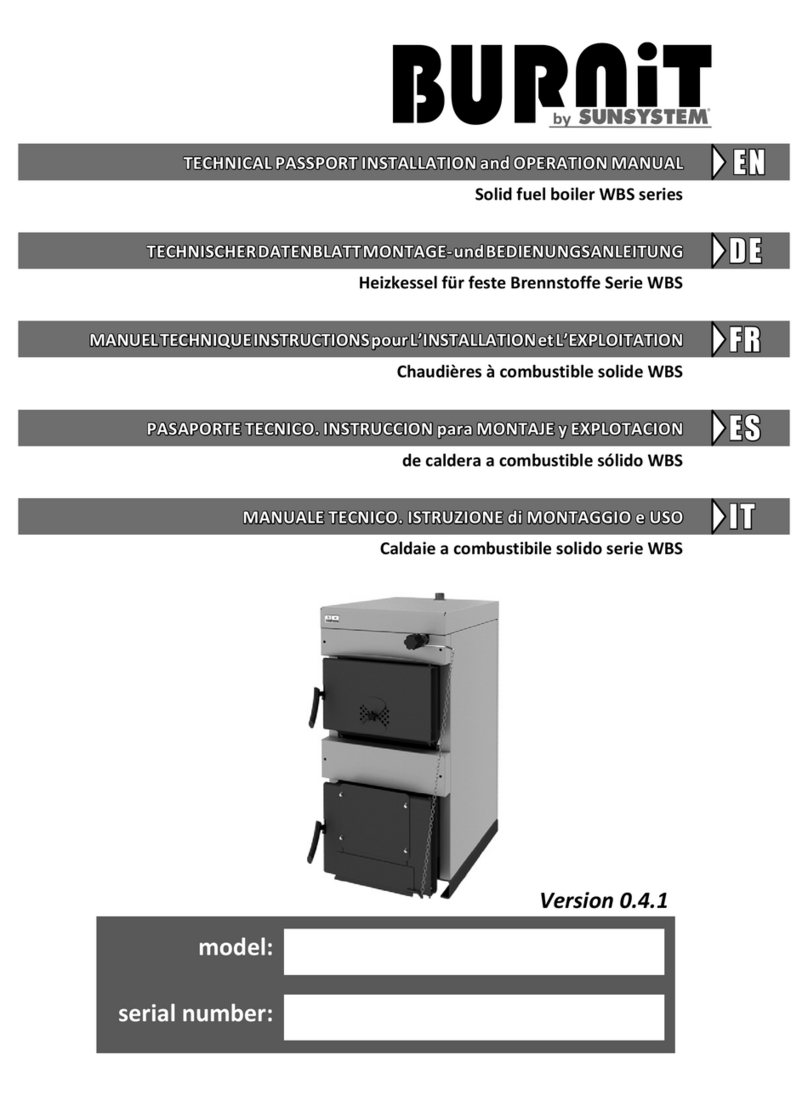
BURNiT
BURNiT WBS series Technical passport, installation and operation manual
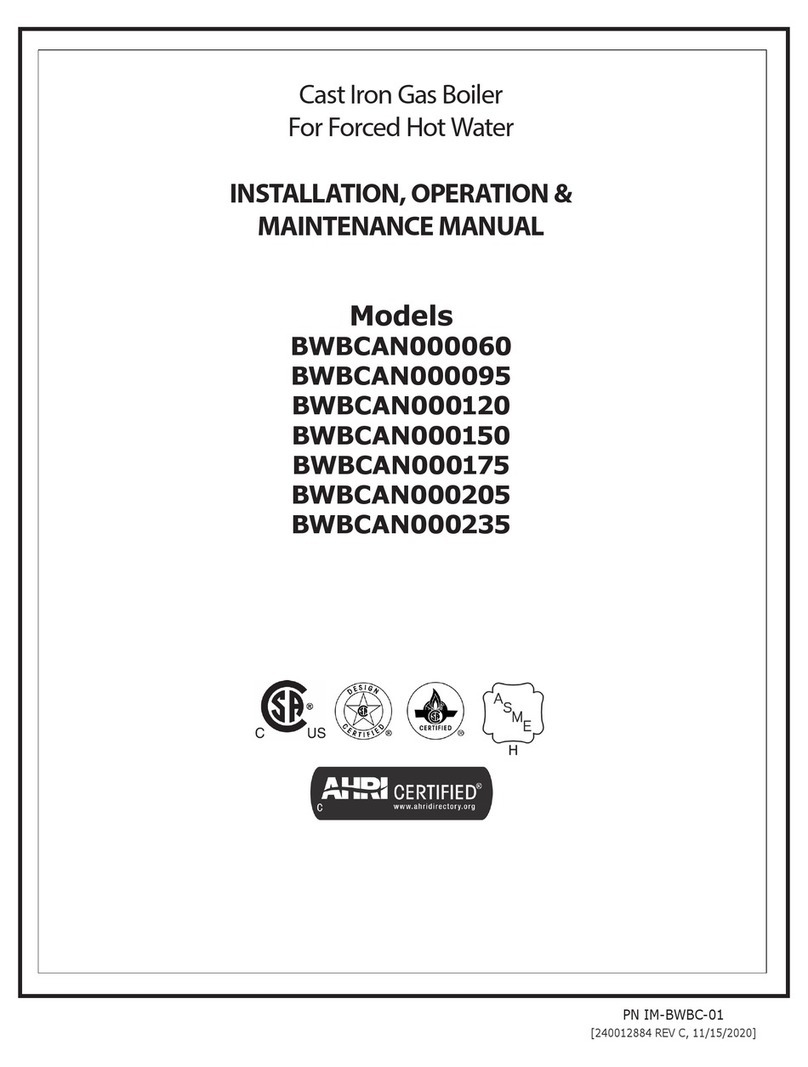
Behler-Young
Behler-Young BWBCAN000060 Installation, operation & maintenance manual

Ferroli
Ferroli ENERGY TOP W 70 Instructions for use
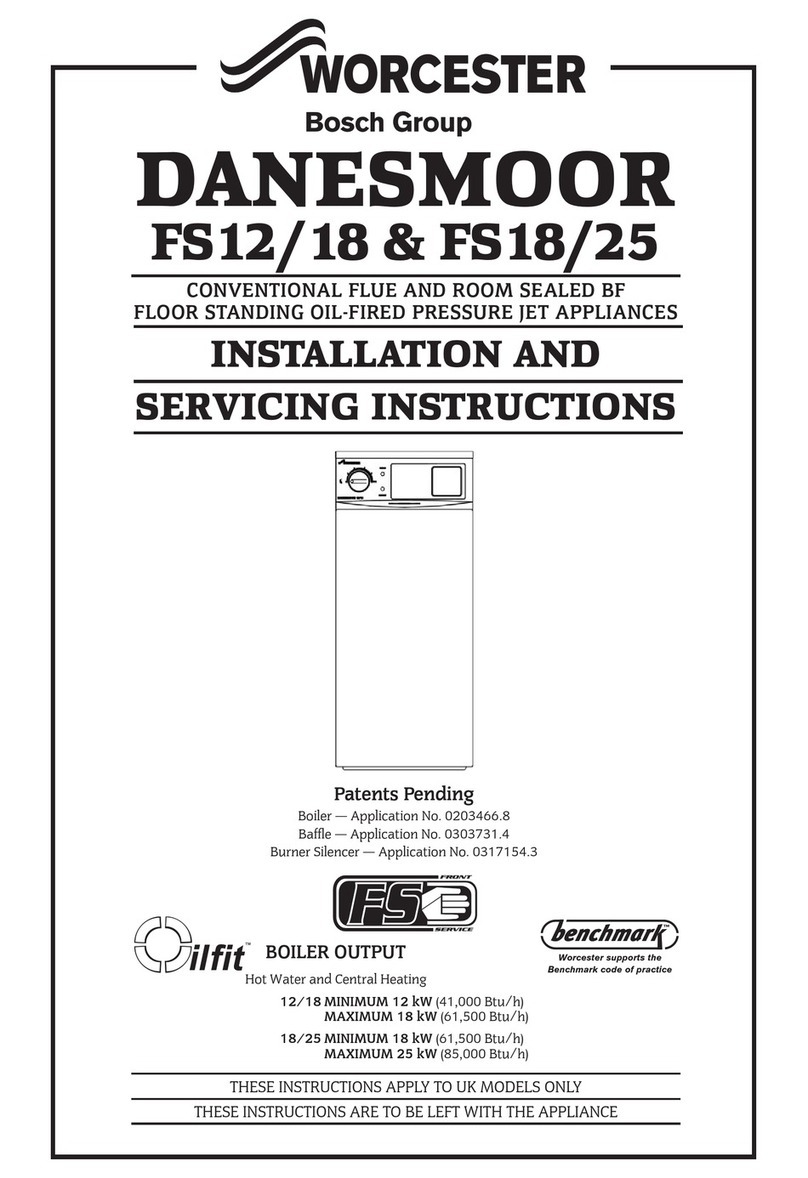
Worcester
Worcester DANESMOOR FS12/18 Installation and servicing instructions
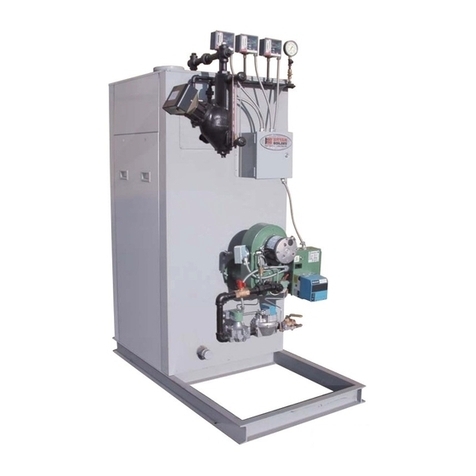
Bryan Boilers
Bryan Boilers DR350-W manual

Bosch
Bosch Condens 2000F30 Regular boiler Installation, commissioning and servicing instruction manual
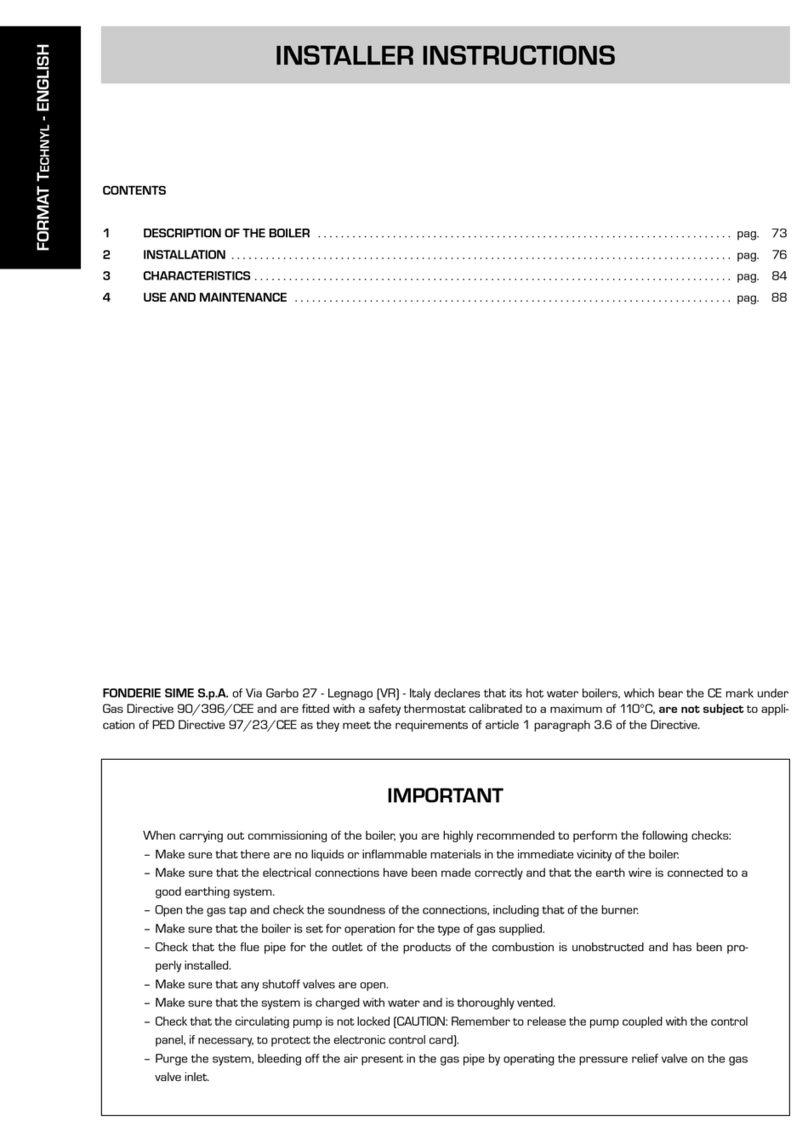
Fonderie SIME
Fonderie SIME FORMAT TECHNYL Series Installer's instructions
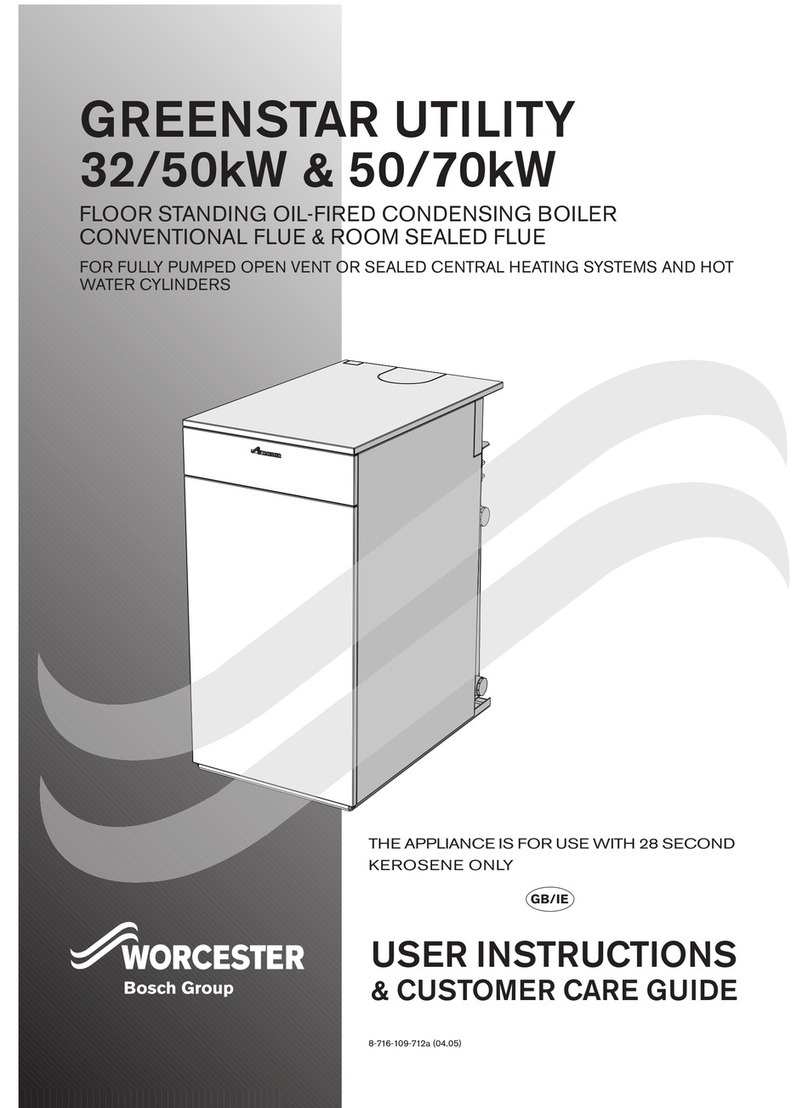
Worcester
Worcester User instructions User instructions
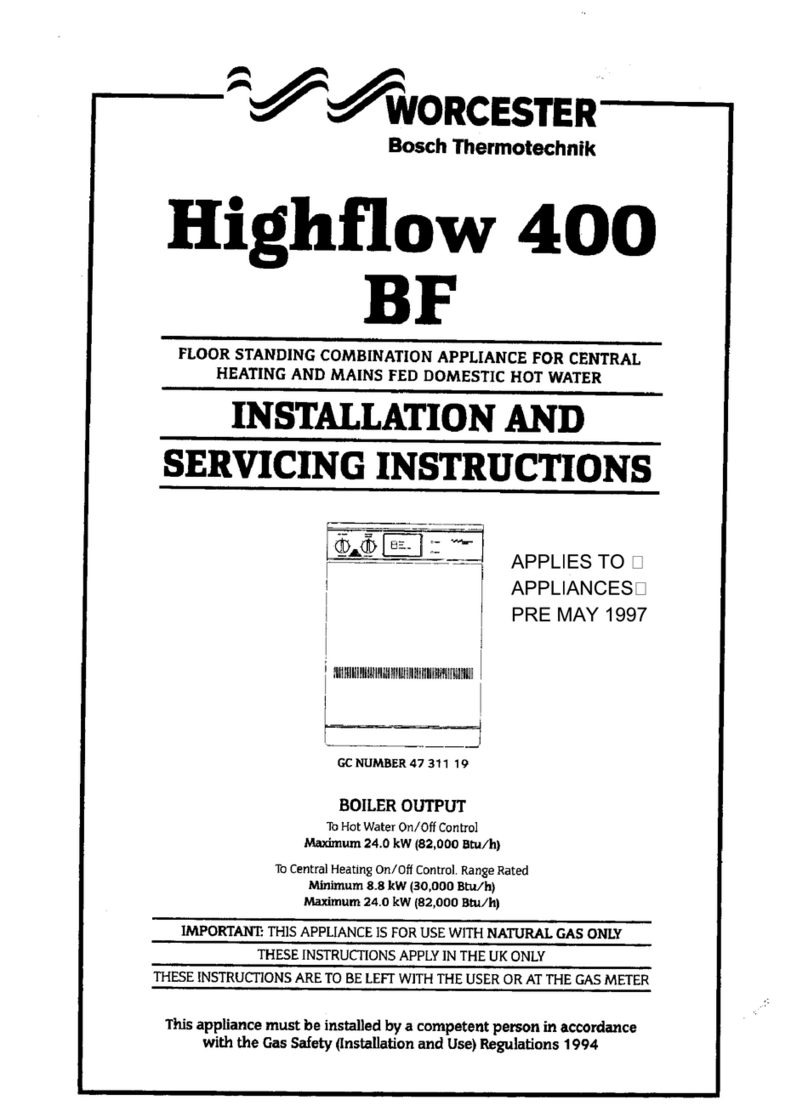
Worcester
Worcester Highflow 400 BF Installation and Servicing Manual

